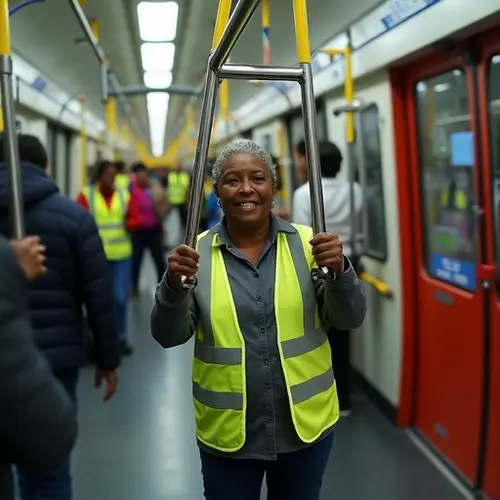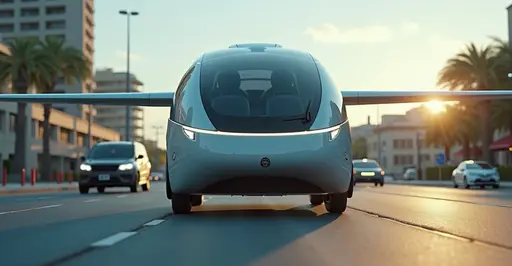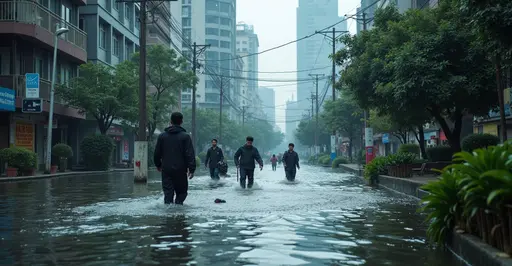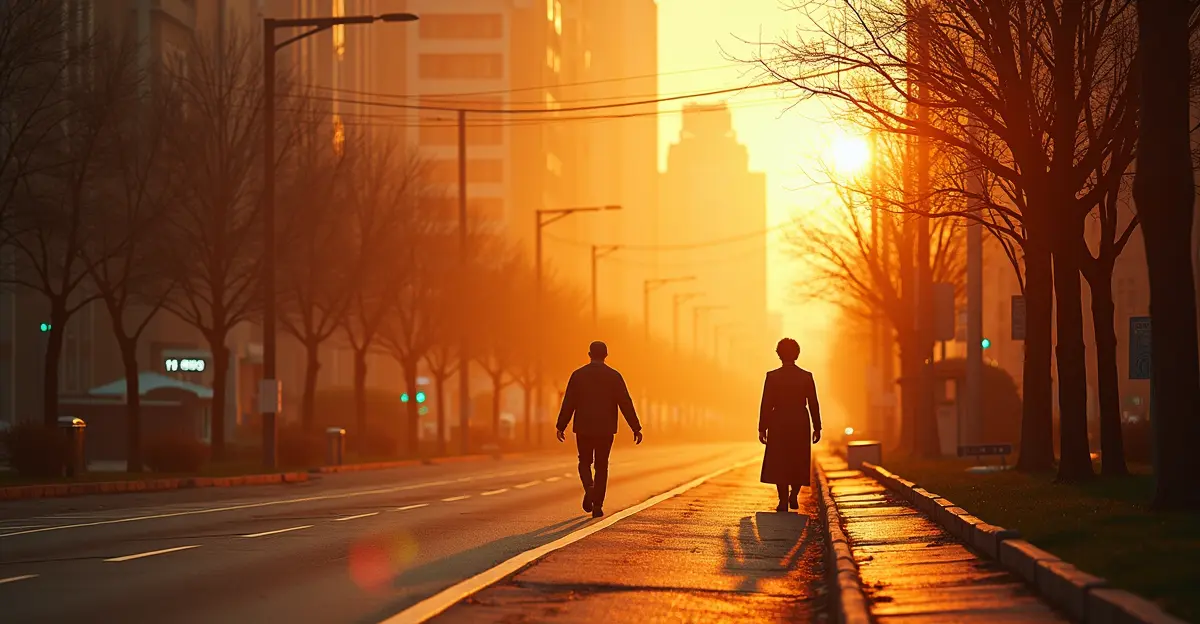Urban inequality in Global South cities manifests in "transport deserts," where low-income communities lack access to reliable public transport. This article explores the challenges and potential solutions, highlighting case studies like Lagos and Nairobi.

Public Transport Deserts in Global South Cities
Urban inequality is a pressing issue in many cities across the Global South, and one of its most visible manifestations is the lack of accessible and efficient public transport systems. These "transport deserts" disproportionately affect low-income communities, exacerbating social and economic disparities.
The Impact of Urban Inequality
In cities like Lagos, Nairobi, and Dhaka, public transport infrastructure often fails to serve sprawling informal settlements. Residents in these areas face long commutes, high costs, and unreliable services, which limit their access to employment, education, and healthcare. This systemic neglect reinforces cycles of poverty and exclusion.
Case Studies
For example, in Lagos, Nigeria, only 30% of the population has access to formal public transport. The majority rely on informal minibuses, which are often overcrowded and unsafe. Similarly, in Dhaka, Bangladesh, the absence of a comprehensive metro system forces millions to depend on rickshaws and buses, leading to chronic traffic congestion.
Solutions and Innovations
Some cities are taking steps to address these challenges. Nairobi's Bus Rapid Transit (BRT) system, launched in 2025, aims to provide affordable and efficient transport for its residents. Meanwhile, Bogotá’s TransMilenio BRT system serves as a model for integrating informal transport operators into a formalized network.
The Road Ahead
Addressing transport deserts requires a multi-faceted approach, including investment in infrastructure, policy reforms, and community engagement. Without such efforts, urban inequality will continue to deepen, leaving millions stranded on the margins of their own cities.

 Nederlands
Nederlands English
English Français
Français Deutsch
Deutsch Español
Español Português
Português







